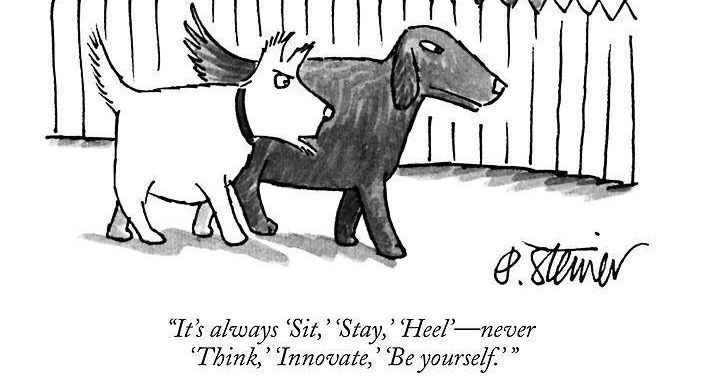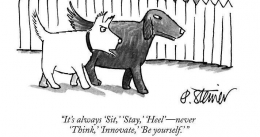I might argue that studying this theory has provided me with fresh thoughts. To be more specific, it is not a new theory, but what I read and learned during the presentation in class prompted me to consider:
Bloom’s taxonomy has hierarchical layers. However, lower-order thinking skills (LOTS) are not always segregated from higher-order thinking skills (HOTS), but they construct a nodal path in which they generate synapses, linking the different categories of thought. Without knowing which comes before and after, it’s astonishing that I haven’t considered it before.
As a model, there is a framework that not only introduces teachers to the forms of thinking that we as humans have. But, also creates a type of hierarchy that eliminates the possibility of that thinking progressing. If we can remember, we can understand. Understanding permits us to apply what we know, which allows us to make judgments about the usefulness of that knowledge, as well as our mastery of it.
Benjamin S. Bloom developed a “taxonomy of educational objectives.” He proposed the existence of three domains: affective (sensations and attitudes), psychomotor (physical and motor skills), and cognitive (abilities to process and use information effectively and meaningfully).
This taxonomy helps teachers classify educational objectives.
Mental processes (cognitive domain) can be categorized into six levels of increasing complexity, according to Bloom:
Knowledge
-
Comprehension
Application
Analysis
Synthesis
Evaluation
Knowing these levels allows teachers to organize instructional objectives, promoting the right development of our students’ superior thinking skills. And if a student follows a teaching-learning process correctly, she should have gained new knowledge or skills.
In this hierarchy, surpassing a level depends on the student’s ability to operate at that level and the lower ones.
Most current schools, in my opinion, take these levels of thought into account, but the sequence provided by Bloom is not strictly followed because there is more flexibility and everything depends on the material or skill worked on, as well as the teacher.
In educational environments, we must teach our children to think to build and train their superior executive functions: organize, experiment, differentiate, prioritize, self-regulate, manage time, be flexible, and so on.
Furthermore, I believe it is workable to teach more about how to structure, construct thinking, and learn habits that help us create new meaningful information from what we currently know than how to think.
For example, if I memorize a text, I will know less than someone who, besides remembering it, understands how to connect it to other text. Understands how to use that text in a particular context for a specific function. Understands how to dismember the text into parts, reconstruct it, and finally understands how to write a different, even better, text than the initial text.
To summarize, I believe it is both viable and necessary at this time to develop an educational project that works at all levels of the mind. Indeed, I think that the project should include competencies and abilities that our students will need to handle in order to face the present and the future, such as emotional intelligence, critical thinking, teamwork, the development of intrapersonal intelligence, the ability to negotiate and make decisions, and so on.
I recommend the article "7 '21st Century Skills' Your Kids Should Learn" (www.news24.com, 8/12/2016), with which I generally agree.
Follow Instagram @kompasianacom juga Tiktok @kompasiana biar nggak ketinggalan event seru komunitas dan tips dapat cuan dari Kompasiana. Baca juga cerita inspiratif langsung dari smartphone kamu dengan bergabung di WhatsApp Channel Kompasiana di SINI








